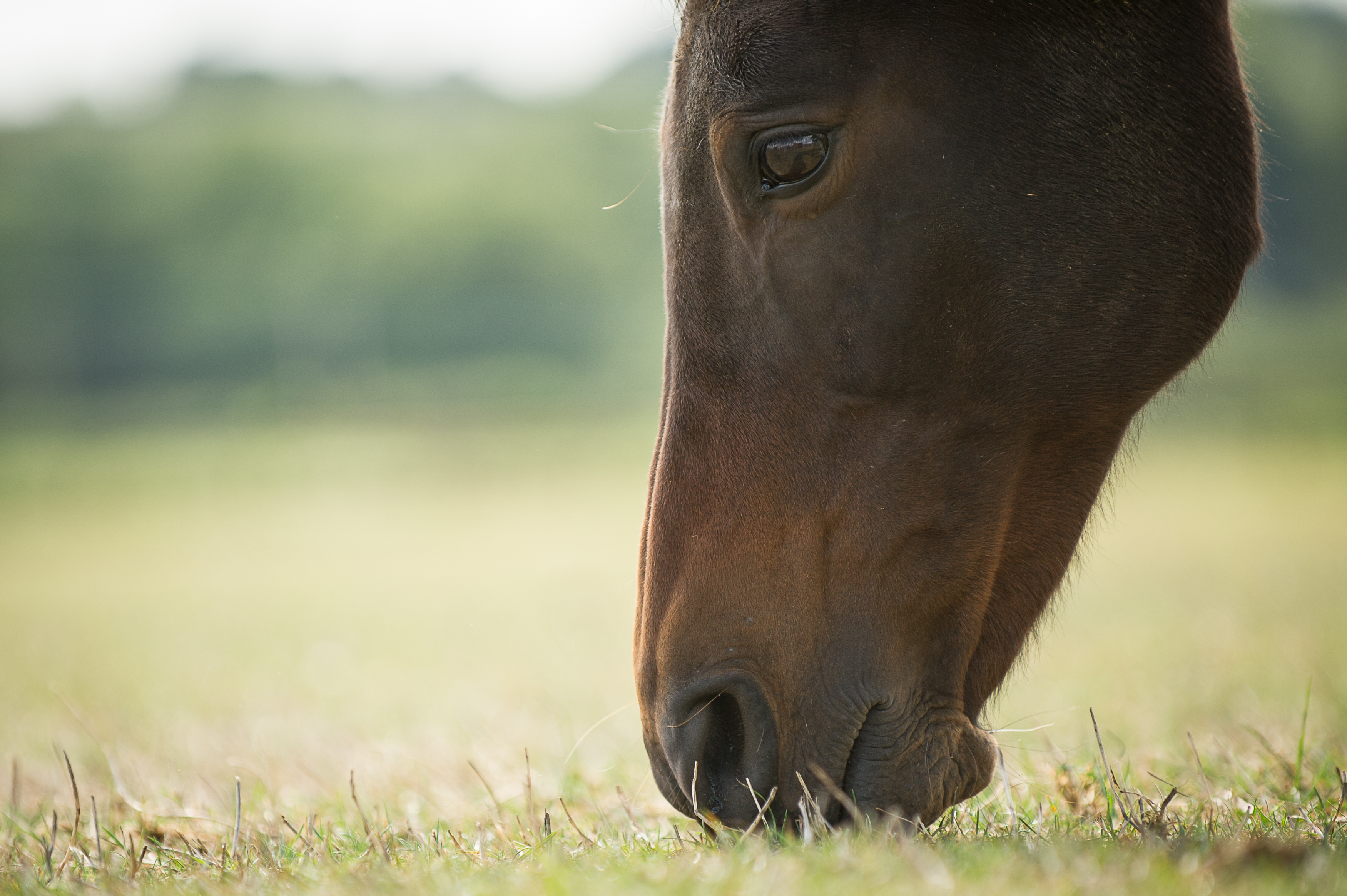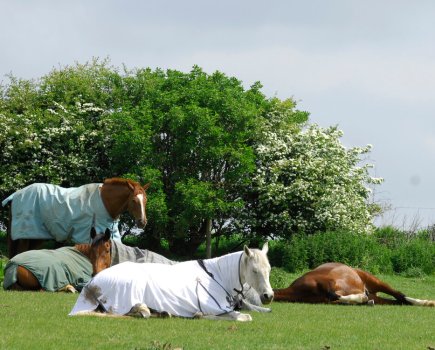In partnership with SPILLERS™
Unsure whether you’re serving up the correct horse feed portion for your equine companion? You’re not alone, many owners can struggle to know the correct amount to feed to give the ideal horse diet, but it’s important to get it right, especially if your trying to help your horse lose weight.
The secret to weight loss is calorie restriction, for horses and people. While many of us dream of discovering a miracle diet that allows us to eat whatever we like and lose weight at the same time, the simple truth is that all successful diets work by achieving a calorie deficit.
Many good doers, especially those at rest or in light work, don’t need the amount of hard feed you might imagine. While feeding less may seem like the simple solution, cutting back on the amount fed will mean cutting back on essential vitamins, minerals and amino acids (quality protein). Any feed with added vitamins and minerals is unlikely to balance the diet if fed at less than the recommended amount.
All in all, knowing how much to feed your horse can be tricky. Put your knowledge to the test with the following quiz on horse feed portion control…
You can find the answers below the quiz
Take the portion size quiz!
1. Most pelleted feed balancers are designed to be fed at rate of:
a) 100g per day for a 500kg horse
b) 500g per day for a 500kg horse
c) 1kg per day for a 500kg horse
2. Forage rations for overweight horses and ponies should be calculated based on:
a) Current bodyweight
b) Ideal bodyweight
3. Which is higher in calories?
a) A Stubbs scoop of high-calorie chaff
b) A Stubbs scoop of low-calorie cubes
4. On an ‘as fed’ basis (the amount you weigh out), should you feed:
a) More haylage than hay
b) Less haylage than hay
c) The same amount regardless if whether it’s hay or haylage
5. The typical recommended feeding rate for a mix or cubes for a 500kg horse in light work is:
a) 2kg per day
b) 3kg per day
c) 4kg per day
6. Grazing muzzles have been shown to reduce grass intake by approximately:
a) 20%
b) 50%
c) 80%
7. For most overweight horses and ponies, total forage intake should not be restricted to less than:
a) 1% bodyweight per day (dry matter)
b) 1.5% bodyweight per day (dry matter)
c) 2% bodyweight per day (dry matter)
8. Which is higher in calories?
a) A Stubbs scoop of high calorie chaff
b) A Stubbs scoop of high calorie cubes
9. In practice, you can feed:
a) 1kg of straw to replace 1kg of unsoaked hay
b) 1.5kg of straw to replace 1kg of unsoaked hay
c) 2kg of straw to replace 1kg of unsoaked hay
10. Which of the following statements is correct:
a) You should weigh out the same amount of hay regardless of whether you intend to feed it dry or soak it before feeding
b) You should weigh out more hay if you intend to soak it before feeding
c) You should weigh out less hay is you intend to soak it before feeding
Answers: 1b, 2a, 3b, 4a, 5b, 6c, 7b, 8b, 9a, 10b
Horse feed portions: why size matters

Ideally all horses and ponies should be given as much forage as they will eat (while being mindful of excess waste). This is often described as feeding ‘ad lib’, but this approach is frequently unsuitable for good doers, especially those who are overweight. If restricting a horse/pony’s forage intake, hay, haylage and straw rations should be calculated based on the equine’s current bodyweight (adjusting as they lose weight), and not their ideal weight.
In most cases, restricting the amount of grass a horse has access to is the most practical strategy. Possible options include strip grazing, stabling for part of the day, non-grass turnout and using a grazing muzzle (which works by restricting bite size).
For most overweight horses and ponies, total daily forage intake shouldn’t be restricted to less than 1.5% of current bodyweight on a dry matter basis, including grazing. While many owners are now aware of this advice, the term ‘dry matter’ often causes confusion. Essentially, all forage, including dry hay, contains water and the water doesn’t count towards the horse’s forage intake.
Portion control: why weighing horse feed is important
Let’s face it, most of us know that we should weigh our horse’s feed, but most rarely do. However, weighing all new feeds at least once is a valuable exercise because feeds vary considerably in density and, in turn, in weight per scoop. A bowl of marshmallows weighs considerably less than a bowl of raw potatoes, much like a scoop of cubes weighs considerably more than a scoop of chaff. Anyone feeding mash should always weigh it before soaking.
There is no one-size fits all approach, and the most suitable strategy will depend on your individual horse and yard environment. Monitoring a horse’s weight and body condition is key and will help you to assess whether a change in tactics may be needed. Also remember that those at a high risk of laminitis may need to be removed from grazing completely, especially at certain times of the year.
For help or advice contact the SPILLERS Care-Line on 01908 226626 or visit spillers-feeds.com
![]() Have you heard about Your Horse’s #FitNotFat campaign? Equine obesity is an enormous welfare problem and we’re on a mission to provide owners and riders with the knowledge, skills and information you need to keep your horse in tip-top health. It could be life saving! Find out
Have you heard about Your Horse’s #FitNotFat campaign? Equine obesity is an enormous welfare problem and we’re on a mission to provide owners and riders with the knowledge, skills and information you need to keep your horse in tip-top health. It could be life saving! Find out









